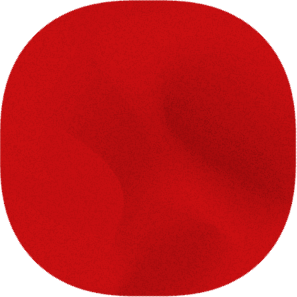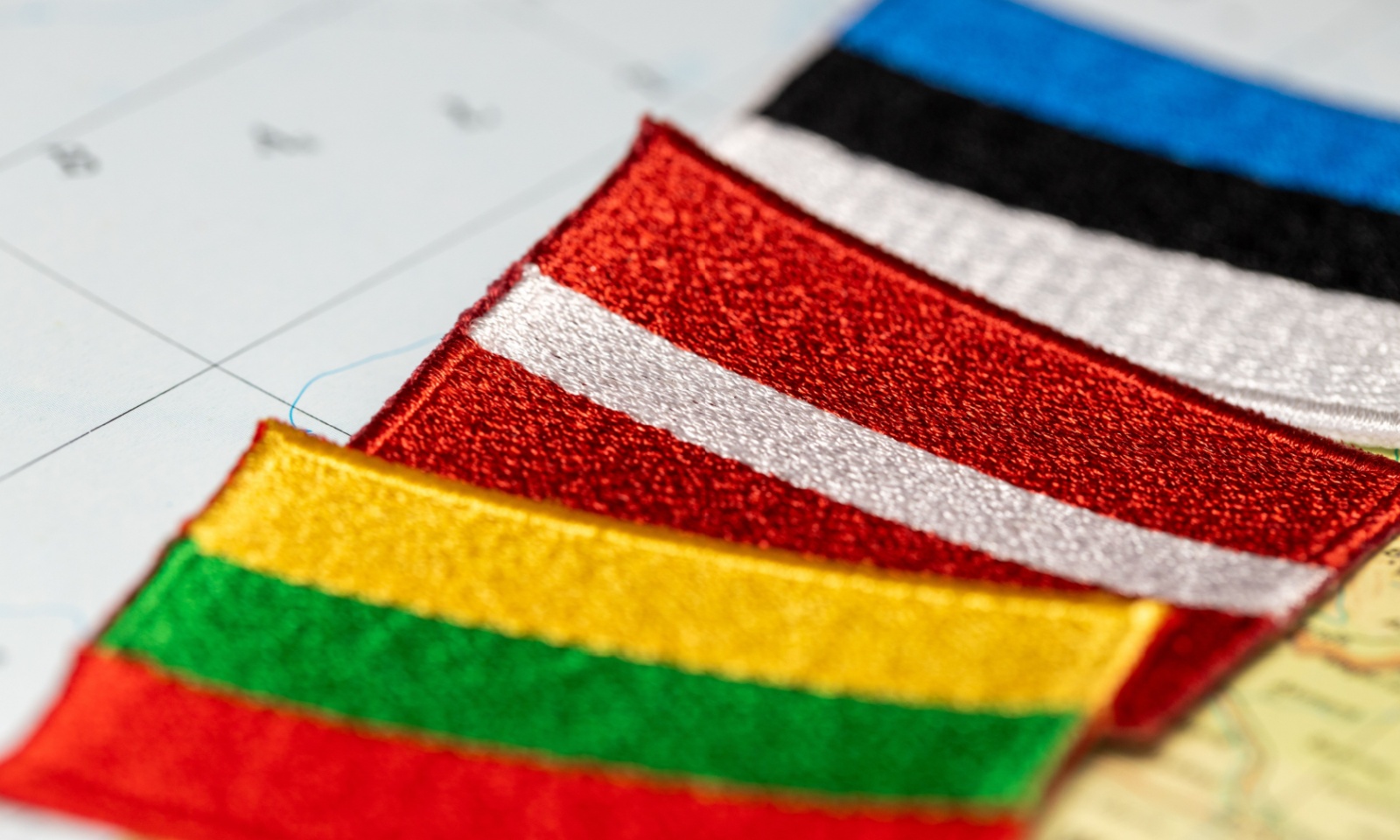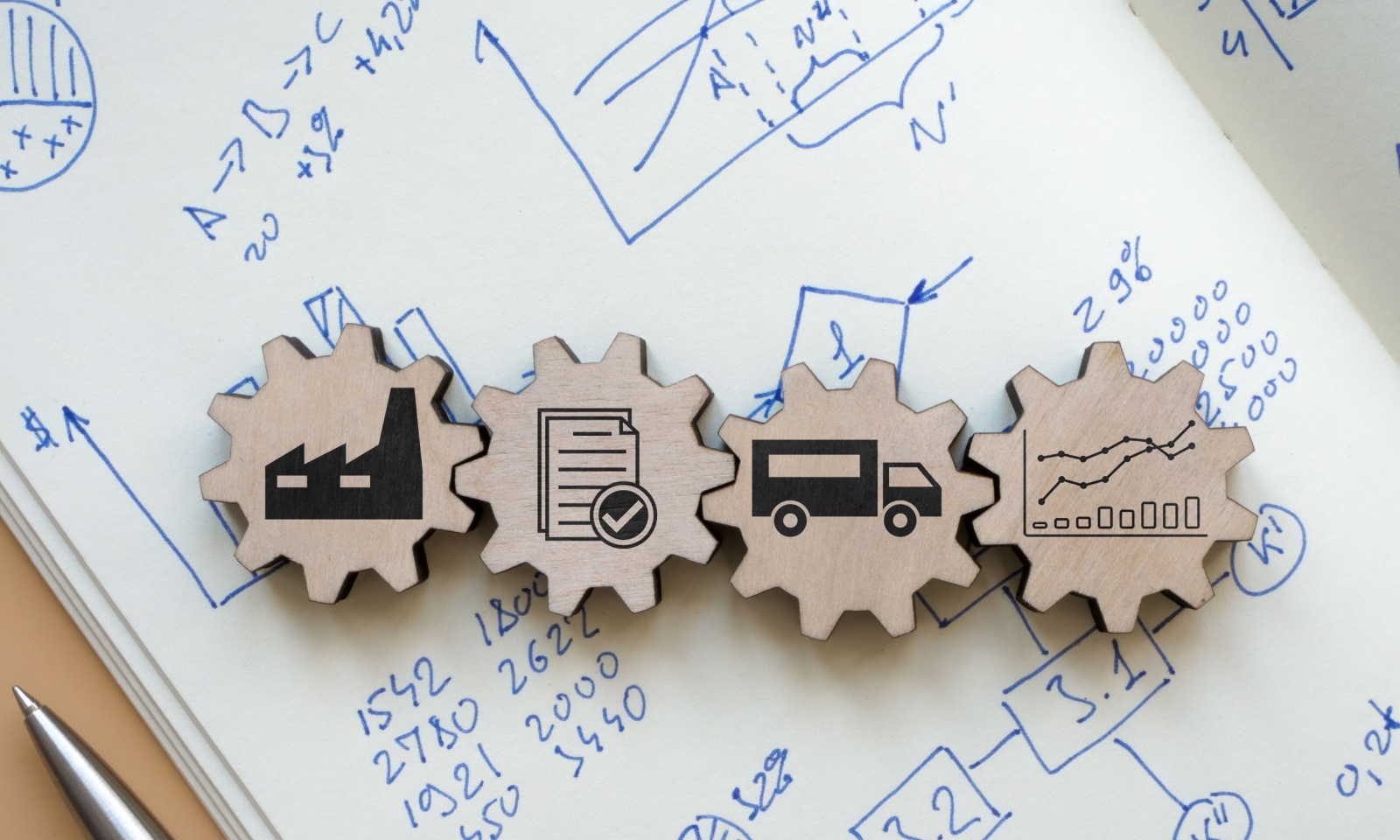Payment Default Register
The payment default register managed by Creditinfo Estonia compiles information on the debts of individuals and companies, helping to make smart credit decisions and check the background of business partners. It is Estonia’s first and oldest register for debt-related data, established by banks in 2001. The register contains nearly 0.6 million payment defaults.
Get in touch
View your payment defaults
Access your personal and company payment defaults on the My Creditinfo page.
View payment defaults
Entering Payment Defaults
As a company, you can register debts, increasing the likelihood of their recovery.
Join the submittersWhat is a Payment Default?
A payment default occurs when an individual or a company fails to pay their bills or loans on time, and the creditor officially registers the debt in the payment default register. A debt is entered into the register if it remains unpaid for more than 45 days and the amount is at least 30 euros. This can be related to loans, leases, or invoice payments.
Once a payment default is recorded, it can make it more difficult to obtain new loans, leases, and other financial services, as banks and companies check this information before signing contracts. Even if the debt is paid, the information remains in the register:
- For companies: No longer than 7 years after the payment default is settled.
- For individuals: No longer than 5 years after the payment default is settled.
Why register payment defaults?

Faster Debt Repayment
Before a payment default is published, a notice is sent to the debtor, after which an average of 41% of debtors pay their debt. Among published payment defaults:
26% pay their debt within 1 month.
47% pay their debt within 3 months.

A Warning to Other Businesses
In Creditinfo environments, over 800,000 background checks on payment defaults are conducted every month to determine whether a company or individual has any outstanding debts. Major banks, telecom companies, and many other businesses also perform these checks.
Monitoring
Supports Responsible Lending
The payment default register managed by Creditinfo Estonia compiles information on the debts of individuals and companies, helping to make smart credit decisions and serving as one of the inputs for building background information.
Credit ratingHow is the registration of payment defaults carried out?
The description below is a sample process that explains how a payment default is entered through e-credit information. The actual process may differ depending on the company’s choices and the method of entering the payment default.
Enter a payment default and increase your debt recovery opportunities!

How much does it cost to enter payment defaults in e-Krediidiinfo in the Payment Default Register?
Entering payment orders via e-Krediidiinfo is free of charge. Prior to the publication of a payment default, a notice shall be sent to the debtor in case of payment failures entered through e-Krediidiinfo. The cost of sending each payment default notification by post is EUR 2.46 + VAT and by e-mail EUR 1.07 + VAT.


 .
. English
English








